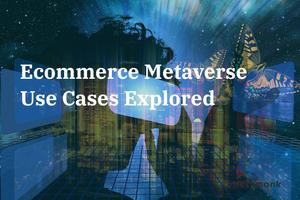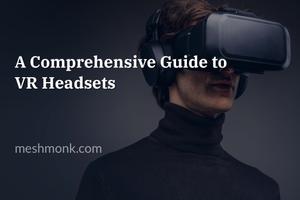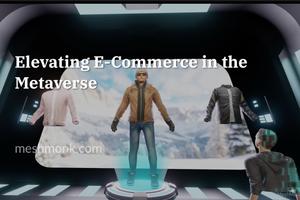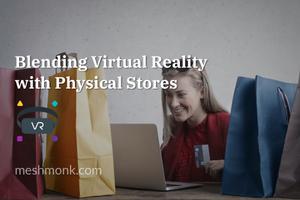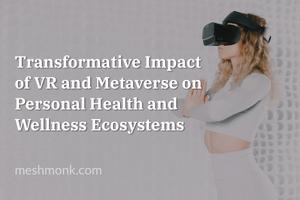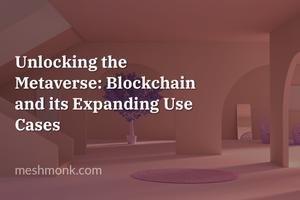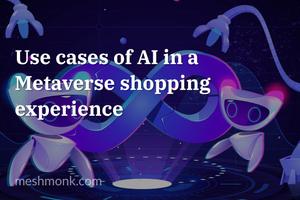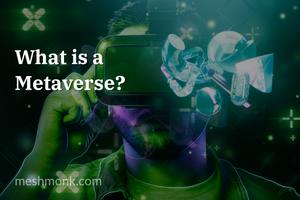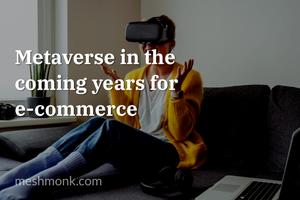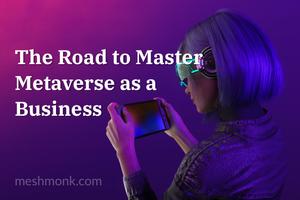What is a metaverse?
A metaverse is a shared, online 3D space where users can interact with each other and with computer-generated objects and avatars. It is a virtual world that uses the Internet as its underlying network. Metaverses are used for various purposes, including social networking, online gaming, education, and training. They can be used to create virtual worlds that mirror the real world, or they can be used to create entirely new and imaginary worlds.
A metaverse is not device-independent, nor owned by a single vendor. It is an independent virtual economy, enabled by digital currencies and non-fungible tokens (NFTs).
As a combinatorial innovation, metaverses require multiple technologies and trends to function. Contributing trends include virtual reality (VR), augmented reality (AR), flexible work styles, head-mounted displays (HMDs), an AR cloud, the Internet of Things (IoT), 5G, artificial intelligence (AI) and spatial computing.
How Does the Metaverse Work?
The virtual graphics we see today on screen are mostly 2 Dimensional. The Metaverse is set to bring everything to a 3-Dimensional space as already mentioned, Augmented and Virtual Reality, which will be far more interactive and closer to reality.
Although 3D interaction through AR and VR is present even in today’s world, its quality and experience are still underwhelming. As time passes by, it is believed that these technologies will improve drastically.
Examples of Metaverse platforms
Some of the popular examples in the world of metaverse include Decentraland, Sandbox, Roblox and many other online games. The platforms help users access virtual spaces with the help of custom digital avatars.
Decentraland and Sandbox have been emphasizing virtual real estate for customizing and offering new experiences and virtual spaces to users. For example, brands could find use cases for marketing in the Decentraland and Sandbox metaverse platforms. Roblox is also one of the top examples of platforms that can showcase the use of games in the metaverse. Furthermore, Microsoft’s acquisition of Activision Blizzard, a game development company, creates new prospects for the rise of metaverse.
Important Technologies behind the Metaverse
- Artificial Intelligence
- Internet of Things
- 3D Modeling
- Spatial and Edge Computing
- Blockchain and Digital assets
Difference between the internet and the metaverse
The internet is a network of billions of computers, millions of servers and other electronic devices. Once online, internet users can communicate with each other, view and interact with websites, and buy and sell goods and services.
The metaverse doesn’t compete with the internet — it builds on it.
The internet is something that people “browse,” but people can “live” in the metaverse to a degree. The growth of the internet has spawned many services that are leading the way to the creation of the metaverse.
Web3 vs. the Metaverse
The word metaverse is sometimes mentioned in parallel with another buzzy term — Web3. And while the two concepts share similarities — both cast a vision of the next-generation version of the internet — they are not identical and shouldn’t be used interchangeably.
Web3 is a term used to describe a decentralized internet built on a blockchain foundation. Central to Web3’s premise is that power over the internet will eventually swing away from a handful of tech giants and toward the many individual users and developers.
That said, none of Web3’s core tenets run contrary to those of the metaverse. It’s entirely possible that both visions will co-exist in the future.
Conclusion
The metaverse is a very powerful concept that will provide you with a very new experience to live your life. Living in the metaverse is just like a movie where we can do everything as per our will. Imagine the newer world will be so exciting. However, it does have some consequences. People will enjoy the virtual world and will try to ‘escape’ from reality.

